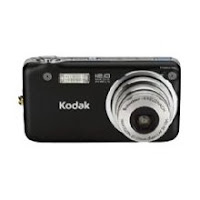Get with the program (and off "Auto")

For a few hours, Woot.com offered the Samsung HZ30W camera today for $129.99. It sold out fairly quickly. But I read with interest the comments left by Wooters trying to decide whether to buy the camera. About half pointed to online comments from previous buyers, many of whom complained that the camera's images were too noisy. I'd guess those users probably did the following: They charged the battery and added a memory card. They turned the camera on. They shot their photos on Auto, and got poor results. "Auto" is the de fault mode on many cameras. The camera makes all the decisions: shutter speed, aperture, flash, and ISO (or sensitivity to light). More often than not, cameras left in Auto mode select a higher ISO (200 or 400) so the flash reaches further. The higher the ISO, the more likely their will be digital noise in your photos. The way around this? Learn how to use the camera's "Program" mode. It's similar to Auto, but it should allow you to...



